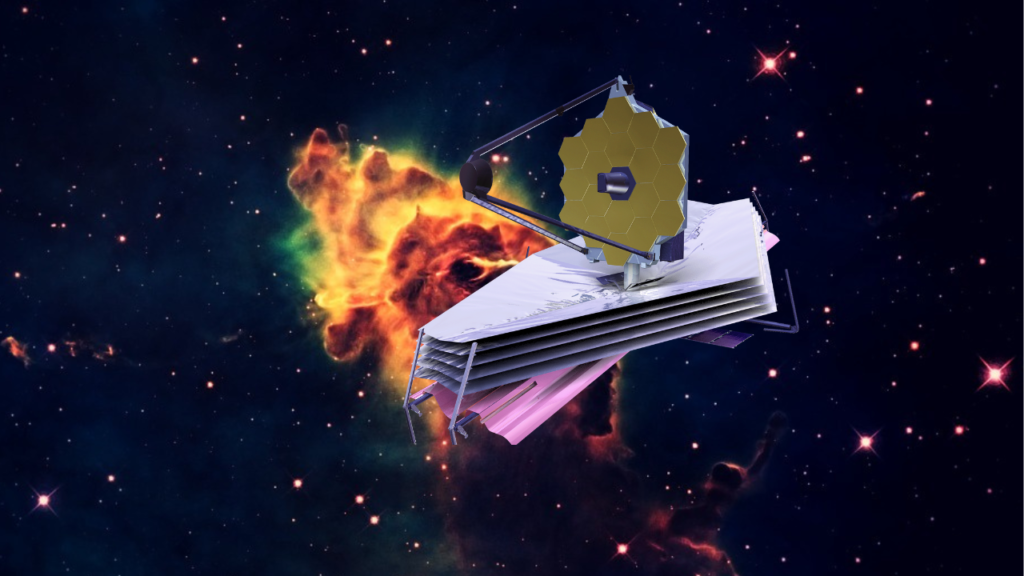According to the Business Daily, the United States of America intends to pitch space cooperation prospects to Kenya next week during a strategic visit by the US acting Assistant Secretary of State for Oceans and International Environmental and Scientific Affairs, Jennifer R. Littlejohn, on the sidelines of the sixth session of the United Nations Environment Assembly, in Nairobi between February 26 and March 1, 2024.
“In Kenya, Jennifer Littlejohn will lead the US delegation to the sixth United Nations (UN) Environment Assembly to promote global cooperation to address shared environmental challenges, promote gender equality, and address global issues such as the climate, biodiversity, and pollution crises. She will also discuss opportunities for space cooperation with Kenyan officials,” commented the US State Department in a statement.
In April 2023, SayariLabs, in collaboration with the Kenya Space Agency and Endurosat, launched Kenya’s first 3U Earth observation satellite, the Taifa-1, aboard SpaceX’s Falcon-9 full-thrust rocket from Space Launch Complex 4E (SLC-4E), Vandenberg Space Force Base in the USA. A team of nine Kenyan engineers spearheaded the development of the satellite to gather agricultural and environmental data. This data encompasses information on floods, droughts, and wildfires, which authorities intend to employ for disaster management and addressing food insecurity challenges.
Furthermore, according to the Kenya Space Agency, the satellite was assembled with assistance from the Bulgarian aerospace company Endurosat for SH 50 million over two years. In addition, the agency stated that the satellite is expected to remain operational for five years before gradually decaying over 20 years, eventually re-entering the atmosphere and burning out.
Kenya is adopting satellite technology to safeguard households against the socio-economic impact of climate-change-induced phenomena such as droughts and floods. Kenya’s first index-based agriculture insurance pilot took place in 2006, and the government and private sector players have since expanded such schemes. The insurance cover provides compensation where payments are linked to easily measurable environmental conditions, an index, for example, precipitation level, yields or vegetation levels measured by satellite.
Source: https://africanews.space/us-to-pursue-space-partnership-with-nairobi-during-the-sixth-session-of-the-un-assembly/



